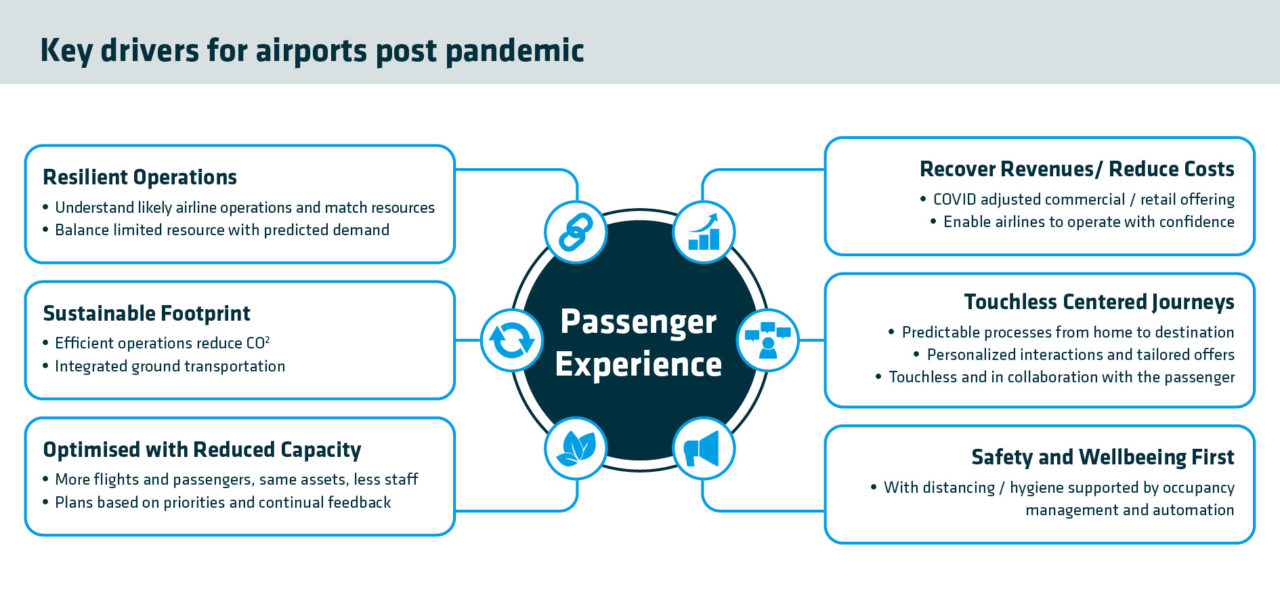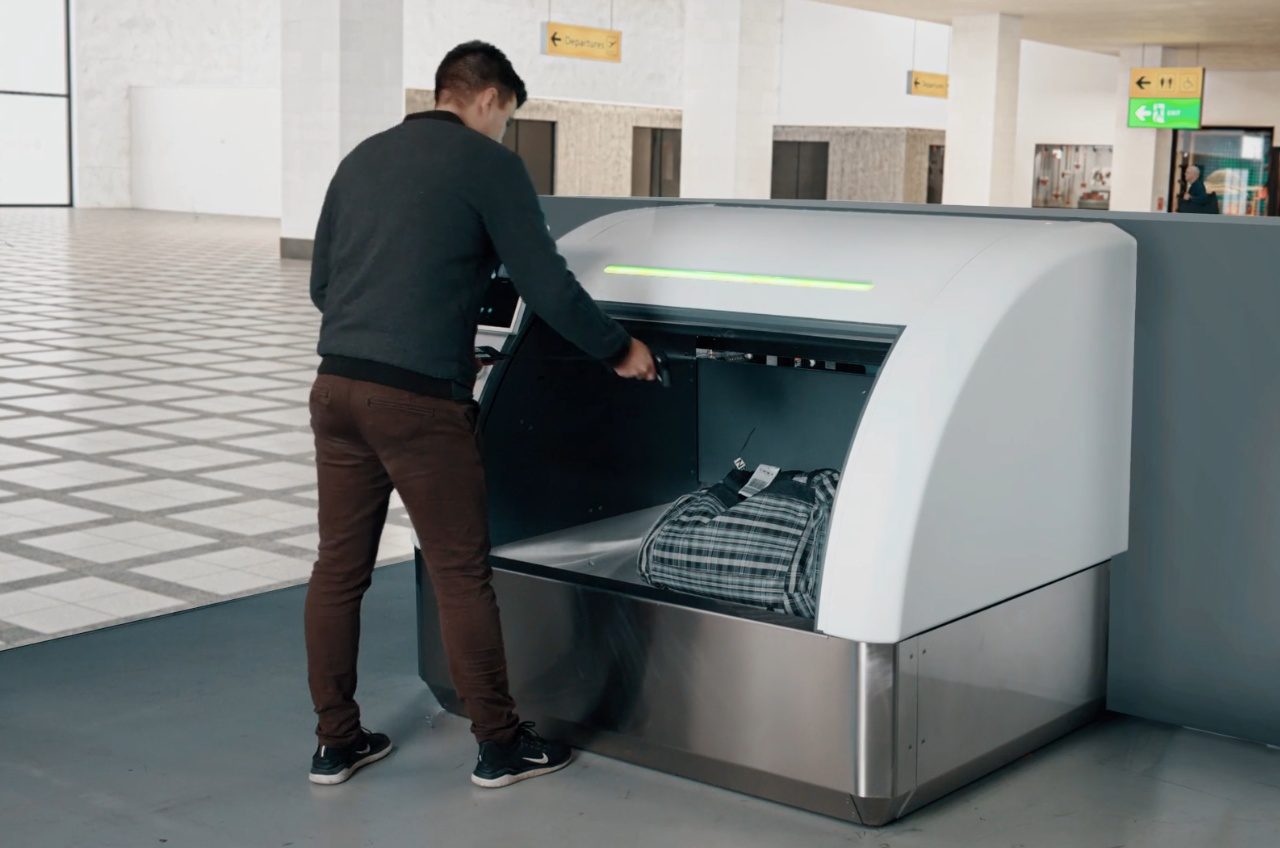Multi purpose baggage storage to avoid the crowds
A multi-purpose baggage storage, such as the CrisStore® early baggage storage (EBS) system, can further promote a socially distanced check-in. With EBS systems, passengers can check in early, have their baggage stored until needed and avoid the densities involved in the limited time they have to check-in.
But the potential of EBS goes beyond just early baggage storage. The practice of ‘batch building’ – where stored bags are built and released in batches – results in less operators walking back and forth by handling all bags for one departure at one time. Speed loading in batches is able to reduce OPEX costs by optimising the loading of bags, while being safer for airport staff.
Airport safety through arrival planning
The dynamic and “as late as possible” allocation of reclaim tracks for arriving baggage can also minimise the waiting time for arriving passengers, enabling less crowding at each reclaim track. Accurate and predictable baggage delivery is achievable through an automatic arrival allocation function which is based on decision science – the rules and templates that airport operations configure to allow for “real-time, yet as late as possible” allocation of reclaim tracks – using information such as flight number, airline, day of the week and resources.
By having this complete overview, the distribution of bags between small and large carousels and the use of the carousels generally is better optimised, with passengers experiencing less crowds at each reclaim track.
Reclaim on demand takes safety on arrival even further
The introduction of reclaim on demand systems will transform the arrival part of the baggage handling process even more, offering safety benefits to passengers, airport personnel and baggage handlers. This automated system lets passengers know through an in-app message they will receive on their mobile phones when and at which self-opening kiosk their bag can be collected. The social distancing of the reclaim on demand can be facilitated by the individual tote-based CrisBag® system, by allowing passengers to follow their luggage throughout the travel journey and avoid crowd congestion in one reclaim location.
The role of dynamic forecasting in enhancing safety in airports after COVID
Over and above, the surest way for airports to make truly safe and accurate planning decisions is through real, up-to-the-minute data. In this “new normal” of many new variables, airports after COVID can no longer rely on experience and historical data to get a sense of passenger behaviour. And this is where dynamic forecasting comes into play.
Dynamic forecasting uses software that takes live scheduling data to create accurate passenger show-up forecasts for each processing point. From here, forecast and capacity plans can be continually updated to account for live situations, such as adjusting resource planning and predicted maintenance requirements. Keflavik Airport in Iceland, for example, has successfully used live forecasting to cope with constantly changing flight schedules.
Equally, this data-driven approach can be applied to baggage handling systems. Machine learning technologies in particular have great potential for airport OPEX savings by providing greater visibility into the operations.
Conclusion
There are a number of ways in which airports can prepare for the post-pandemic world, especially in their baggage flow. Through the use of existing technologies in their baggage handling systems, airports can provide both the safe airport environments that passengers will demand before walking into a terminal and realise the cost savings in OPEX they will need to recover revenue.
















